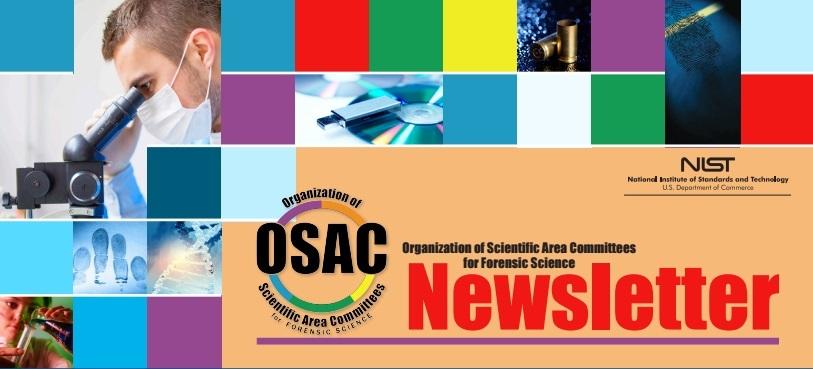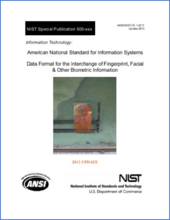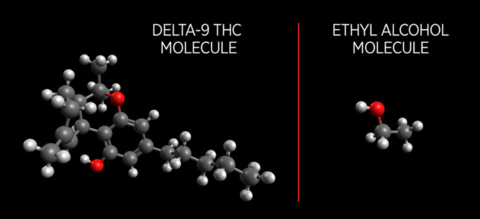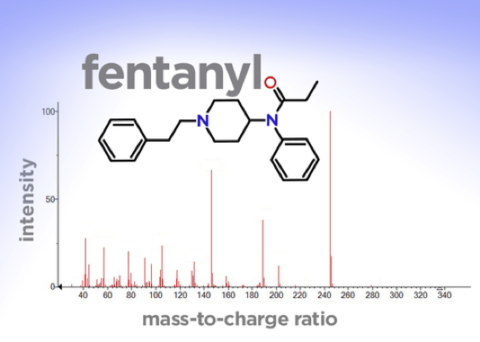OSAC Newsletter, July 2017

July 2017
NFPA 921-2017 Open for Public Comment | ANSI/NIST ITL 2011 Data Format for the Interchange of Fingerprint, Facial & Other Biometric Information Approved for OSAC Registry | Standards Developing Organization (SDO) News | Standards Under Consideration for the OSAC Registry | On the Horizon | NIST Activities
NFPA 921-2017 Open for Public Comment
The intent of the public comment period is to collect public opinion on inclusion of the standard on the OSAC Registry (OSAC is not soliciting potential revisions to the documents themselves.) Comments should be specific as to why the document should or should not be included on the OSAC Registry.
NFPA 921 Guide for Fire and Explosion Investigations, 2017 Edition is now open for public comment.
(To view the full text, you must register for a free account.)
NFPA 921-2017 sets the bar for scientific-based investigation and analysis of fire and explosion incidents. Referenced in the field, in training, and in court, it is the foremost guide for rendering accurate opinions as to incident origin, cause, responsibility, and prevention. It is intended for use by both public sector employees who are responsible for fire investigation and private sector professionals who conduct investigations for insurance companies or litigation purposes.
The new 2017 edition includes clarifying language and material based on new research, ensuring that the standard remains up-to-date in the face of evolving fire and explosion hazards.
Submit a Public Comment in Kavi on NFPA 921 Guide for Fire and Explosion Investigations, 2017 Edition. The Public Comment period closes August 19, 2017 at 11:59pm EDT.
ANSI/NIST ITL 2011 Data Format for the Interchange of Fingerprint, Facial & Other Biometric Information Approved for OSAC Registry

This document “is heavily used in US state and federal agencies, and around the world, for fingerprint/palmprint applications and for the exchange of facial recognition data,” said Brad Wing, former Biometrics Standards Coordinator and head of the NIST-ITL standards development organization. “It is also used operationally to support forensic speaker recognition, forensic DNA analysis, forensic odontology and disaster victim identification operations.”
Standards Developing Organization (SDO) News
The American Academy of Forensic Sciences (AAFS) American Standards Board (ASB)
Project Initiation Notification System (PINS) was published on page 17, in ANSI Standards Action on June 23, 2017. This began a 30-day period for public comment on the initiation of the ASB’s work on the documents.
BSR/ASB Std 035-201x, Standard for the Examination of Documents for Alterations (new standard) Stakeholders: Forensic Document Examiners.
This document provides the procedure(s) to be used by Forensic Document Examiners (Scope of Expertise in Forensic Document Examination) for the examination of documents for alterations.
ASTM International E30 on Forensic Science
E30.1 Criminalistics has opened new work items.
WK59510 -Terminology for Primer Gunshot Residue (GSR) Analysis by Scanning Electron Microscopy/Energy Dispersive X-Ray Spectrometry (SEM/EDS) is a new standard.
WK59354 - Standard Guide for Microspectrophotometry and Color Measurement in Forensic Paint Analysis is a work item revision to existing standard E2808-11.
WK59356 - Standard Guide for Microcrystal Testing in the Forensic Analysis of Phencyclidine and Its Analogues is a work item revision to existing standard E2125-11.
WK59357 - Standard Guide for Microcrystal Testing in the Forensic Analysis of Methamphetamine and Amphetamine is a work item revision to existing standard E1969-11.
Standards Under Consideration for the OSAC Registry
The aim of the Organization of Scientific Area Committees for Forensic Science (OSAC) is to identify and promote technically sound, consensus-based, fit-for-purpose documentary standards that are based on sound scientific principles. This will be achieved through the OSAC Registry. A standard that is posted on the Registry demonstrates that the methods it contains have been assessed to be valid by forensic practitioners, academic researchers, measurement scientists, and statisticians through a consensus development process that allows participation and comment from all relevant stakeholders.
Want to know the status of standards documents that are under consideration for the OSAC Registries? Please visit the Standards Under Consideration for the OSAC Registry page.
• (OSAC Presentations) OSAC is giving several public updates at the Annual IAI International Forensic Educational Conference , August 6-12, 2017, Atlanta, GA.
• (Internal OSAC Meeting) Fall OSAC Meetings, September 25-29, 2017, Tampa, FL: SAC + Resource Committees, September 25-26; OLSS 2.0 Meeting (FSSB + 25 Subcommittee Chairs), September 27; FSSB Meeting, September 28-29
• January Subcommittee Meetings: Jan 16-19, and Jan 23-26, 2018, San Antonio, TX.
NIST Activities
Scientists Lay the Groundwork for a Reliable Marijuana Breathalyzer

Testing a person’s breath for marijuana-derived compounds is far more complicated than testing for alcohol. But scientists at the National Institute of Standards and Technology (NIST) have taken an important step toward that goal by measuring a fundamental physical property of the main psychoactive compound in marijuana, delta-9 tetrahydrocannabinol (THC).
NIST Upgrades Widely Used Database of Molecular 'Fingerprints'

When scientists need to identify an unknown compound, they do what a police detective might do. They get fingerprints—in this case, the “molecular fingerprints” of the unknown compound—and run them through a database of fingerprints from known suspects to look for a match.

